TEAM LinG�
Fundamentals of Wireless Communication
The past decade has seen many advances in physical-layer wireless communi-
cation theory and their implementation in wireless systems. This textbook takes
a unified view of the fundamentals of wireless communication and explains
the web of concepts underpinning these advances at a level accessible to an
audience with a basic background in probability and digital communication.
Topics covered include MIMO (multiple input multiple output) communication,
space-time coding, opportunistic communication, OFDM and CDMA. The
concepts are illustrated using many examples from wireless systems such as
GSM, IS-95 (CDMA), IS-856 (1× EV-DO), Flash OFDM and ArrayComm
SDMA systems. Particular emphasis is placed on the interplay between
concepts and their implementation in systems. An abundant supply of exercises
and figures reinforce the material in the text. This book is intended for use on
graduate courses in electrical and computer engineering and will also be of great
interest to practicing engineers.
David Tse is a professor at the Department of Electrical Engineering and
Computer Sciences, University of California at Berkeley.
Pramod Viswanath is an assistant professor at the Department of Electrical
and Computer Engineering, University of Illinois at Urbana-Champaign.
�
�
Fundamentals of
Wireless Communication
David Tse
University of California, Berkeley
and
Pramod Viswanath
University of Illinois, Urbana-Champaign
�
Cambridge, New York, Melbourne, Madrid, Cape Town, Singapore, São Paulo
Cambridge University Press
The Edinburgh Building, Cambridge , UK
Published in the United States of America by Cambridge University Press, New York
www.cambridge.org
Information on this title: www.cambridg e.org /9780521845274
© Cambridge University Press 2005
This publication is in copyright. Subject to statutory exception and to the provision of
relevant collective licensing agreements, no reproduction of any part may take place
without the written permission of Cambridge University Press.
First published in print format
2005
-
-
-
-
----
---
eBook (NetLibrary)
eBook (NetLibrary)
----
---
hardback
hardback
Cambridge University Press has no responsibility for the persistence or accuracy of s
for external or third-party internet websites referred to in this publication, and does not
guarantee that any content on such websites is, or will remain, accurate or appropriate.
�
To my family and Lavinia
DT
To my parents and to Suma
PV
�
�
Contents
Preface
Acknowledgements
List of notation
1 Introduction
1.1 Book objective
1.2 Wireless systems
1.3 Book outline
2 The wireless channel
2.1 Physical modeling for wireless channels
2.1.1 Free space, fixed transmit and receive antennas
2.1.2 Free space, moving antenna
2.1.3 Reflecting wall, fixed antenna
2.1.4 Reflecting wall, moving antenna
2.1.5 Reflection from a ground plane
2.1.6 Power decay with distance and shadowing
2.1.7 Moving antenna, multiple reflectors
2.2 Input /output model of the wireless channel
2.2.1 The wireless channel as a linear time-varying system
2.2.2 Baseband equivalent model
2.2.3 A discrete-time baseband model
Discussion 2.1 Degrees of freedom
2.2.4 Additive white noise
2.3 Time and frequency coherence
2.3.1 Doppler spread and coherence time
2.3.2 Delay spread and coherence bandwidth
2.4 Statistical channel models
2.4.1 Modeling philosophy
2.4.2 Rayleigh and Rician fading
vii
page xv
xviii
xx
1
1
2
5
10
10
12
13
14
16
17
18
19
20
20
22
25
28
29
30
30
31
34
34
36
�
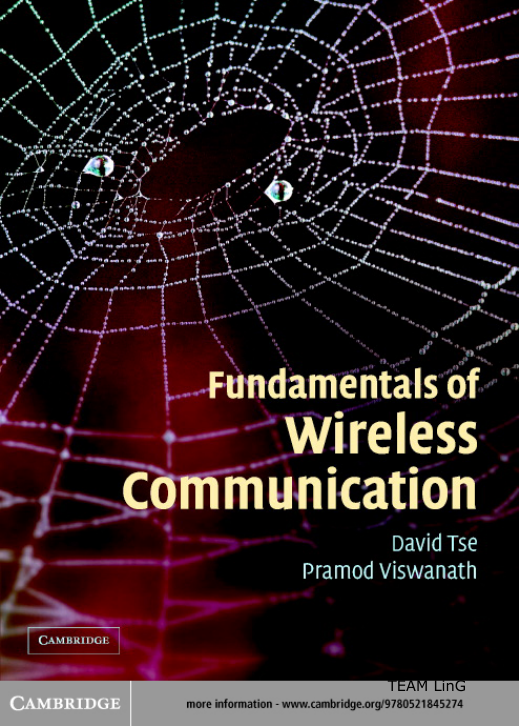
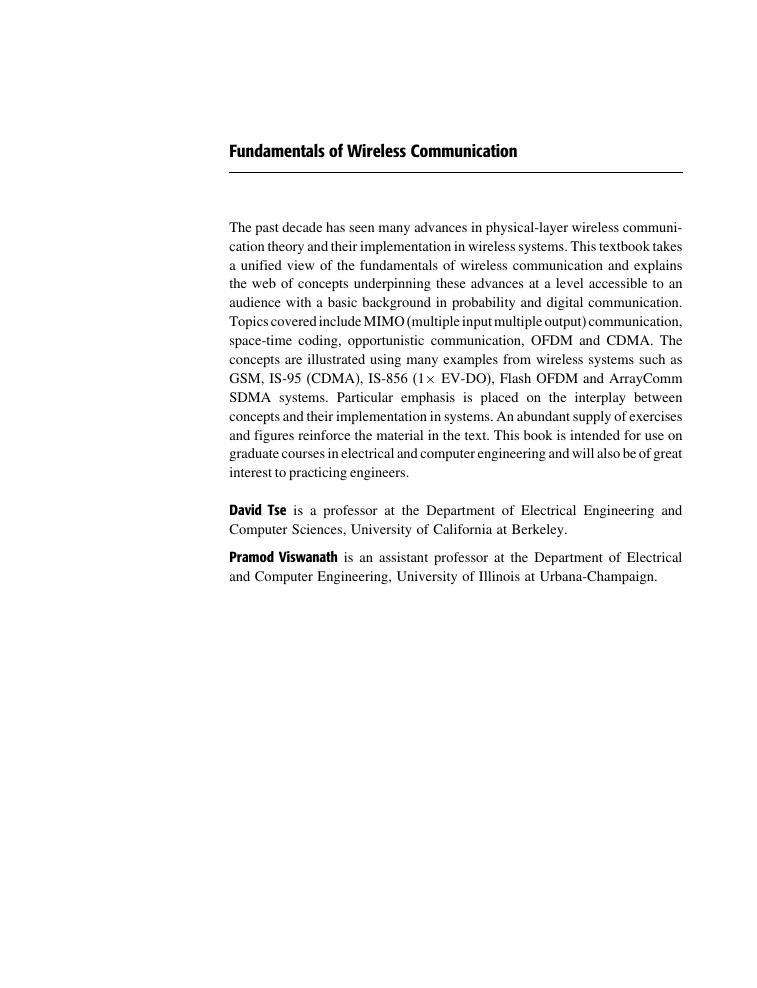

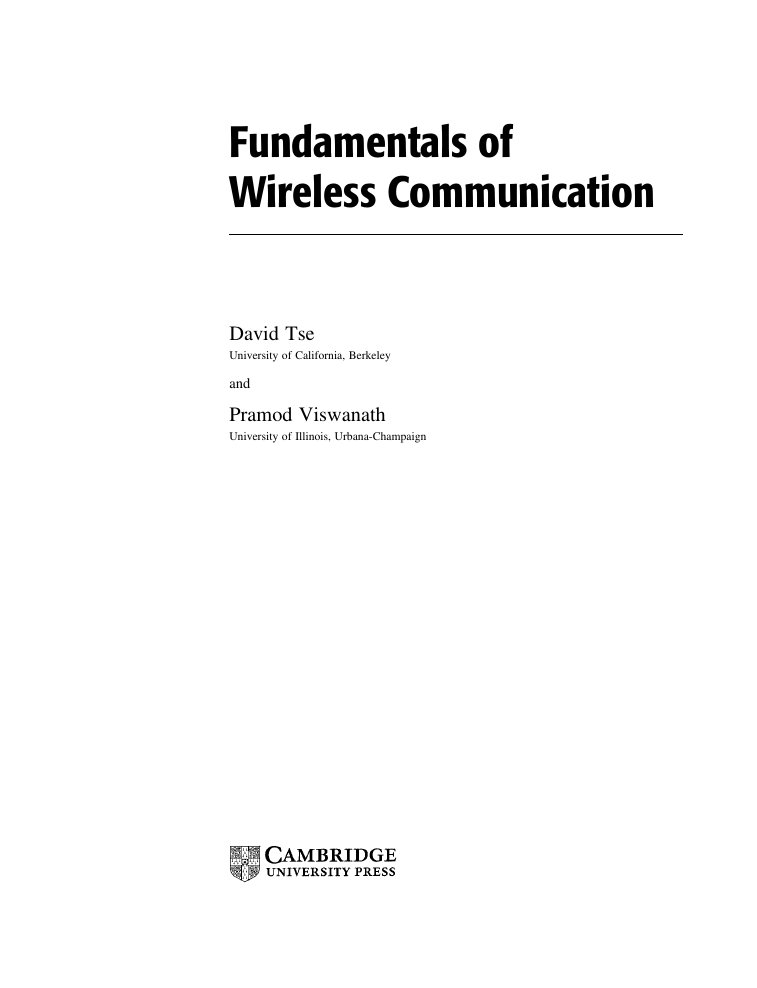
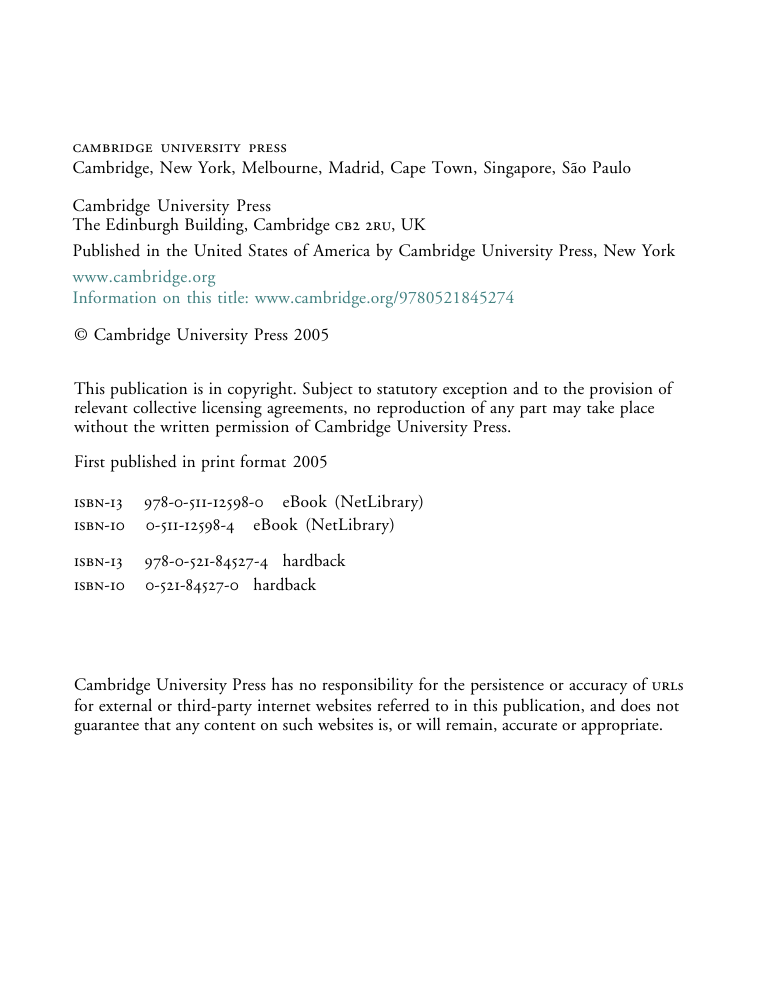
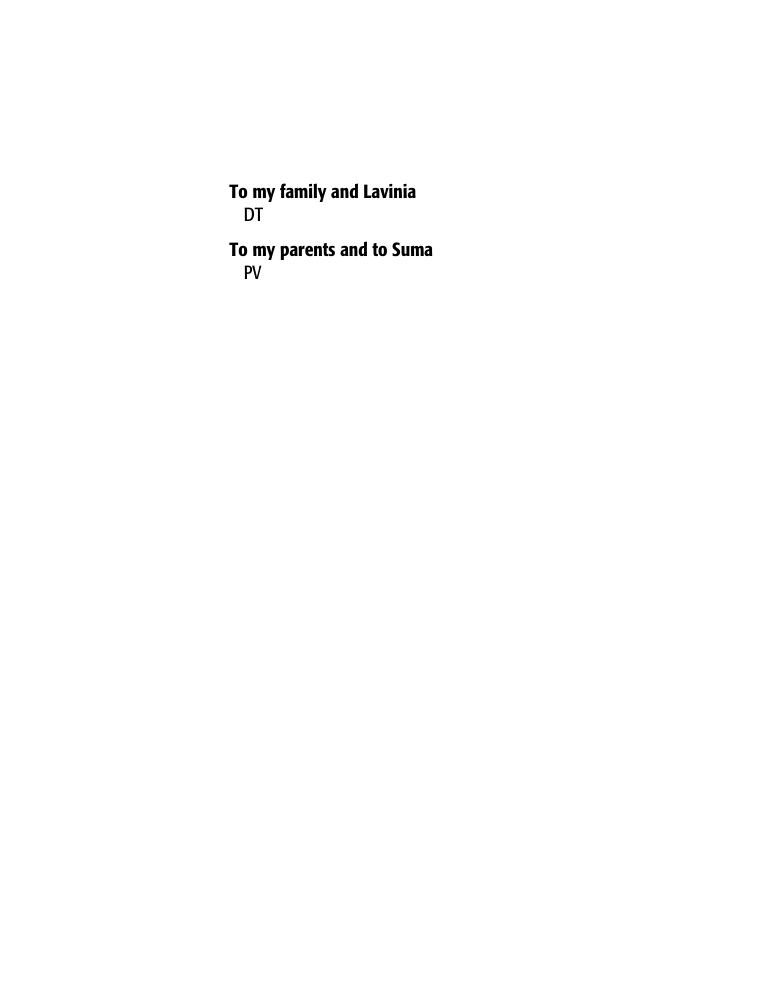

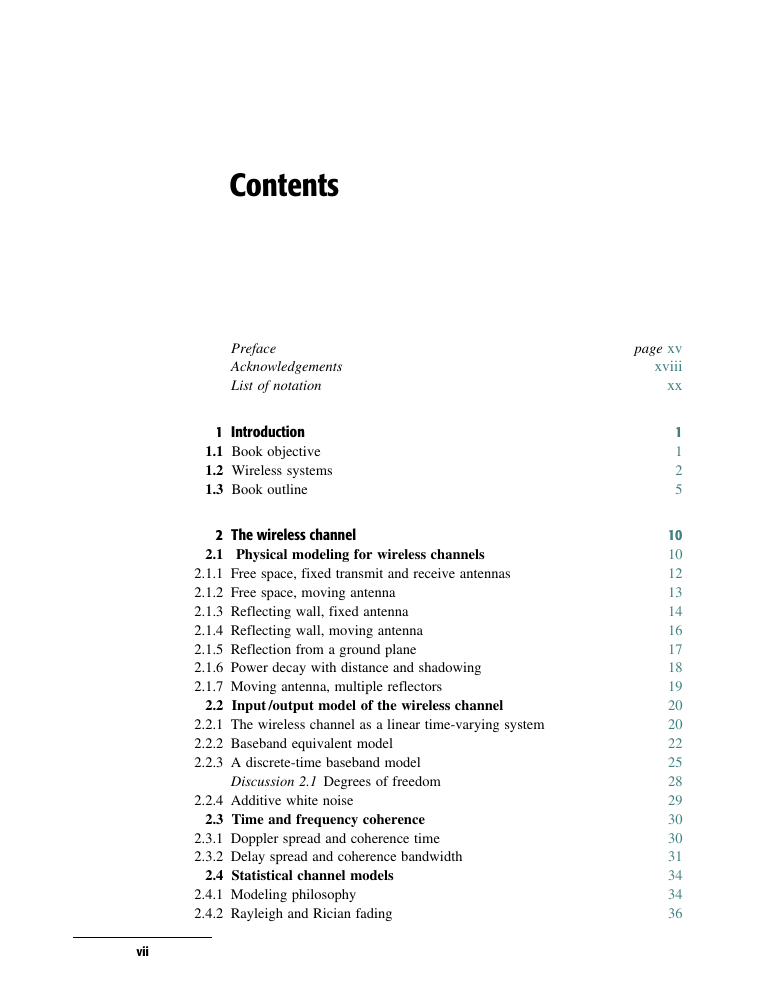








 2023年江西萍乡中考道德与法治真题及答案.doc
2023年江西萍乡中考道德与法治真题及答案.doc 2012年重庆南川中考生物真题及答案.doc
2012年重庆南川中考生物真题及答案.doc 2013年江西师范大学地理学综合及文艺理论基础考研真题.doc
2013年江西师范大学地理学综合及文艺理论基础考研真题.doc 2020年四川甘孜小升初语文真题及答案I卷.doc
2020年四川甘孜小升初语文真题及答案I卷.doc 2020年注册岩土工程师专业基础考试真题及答案.doc
2020年注册岩土工程师专业基础考试真题及答案.doc 2023-2024学年福建省厦门市九年级上学期数学月考试题及答案.doc
2023-2024学年福建省厦门市九年级上学期数学月考试题及答案.doc 2021-2022学年辽宁省沈阳市大东区九年级上学期语文期末试题及答案.doc
2021-2022学年辽宁省沈阳市大东区九年级上学期语文期末试题及答案.doc 2022-2023学年北京东城区初三第一学期物理期末试卷及答案.doc
2022-2023学年北京东城区初三第一学期物理期末试卷及答案.doc 2018上半年江西教师资格初中地理学科知识与教学能力真题及答案.doc
2018上半年江西教师资格初中地理学科知识与教学能力真题及答案.doc 2012年河北国家公务员申论考试真题及答案-省级.doc
2012年河北国家公务员申论考试真题及答案-省级.doc 2020-2021学年江苏省扬州市江都区邵樊片九年级上学期数学第一次质量检测试题及答案.doc
2020-2021学年江苏省扬州市江都区邵樊片九年级上学期数学第一次质量检测试题及答案.doc 2022下半年黑龙江教师资格证中学综合素质真题及答案.doc
2022下半年黑龙江教师资格证中学综合素质真题及答案.doc